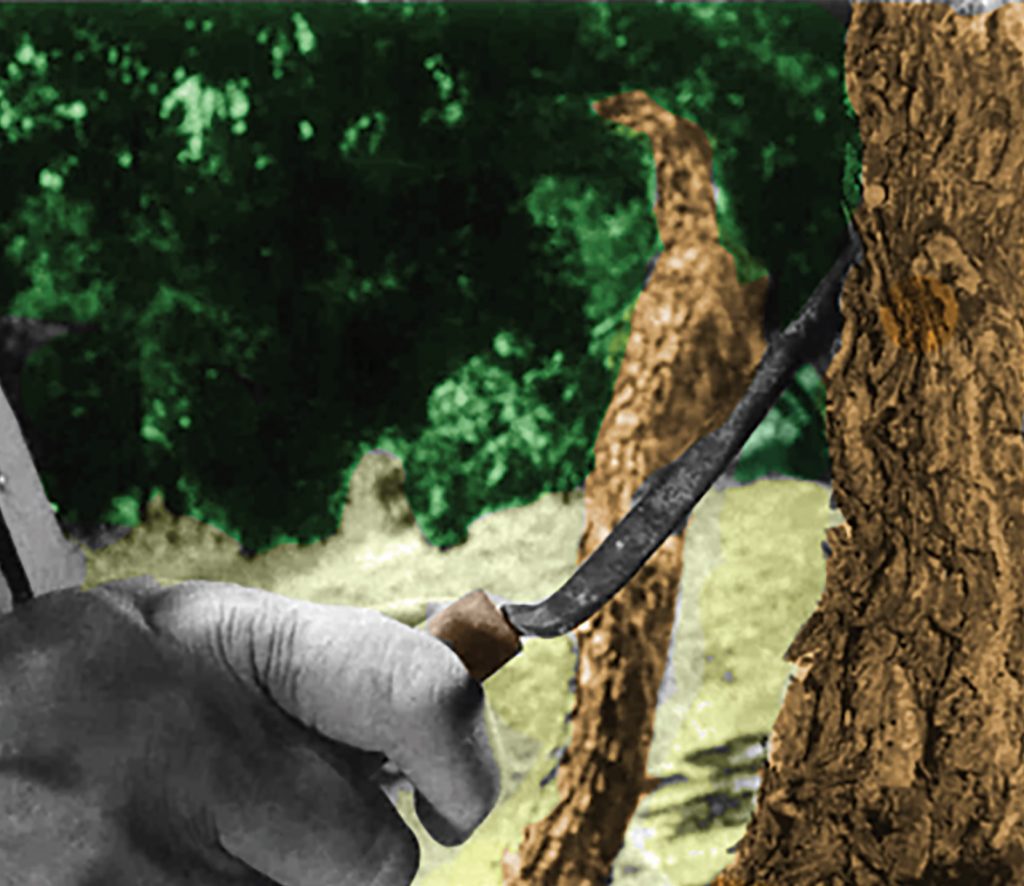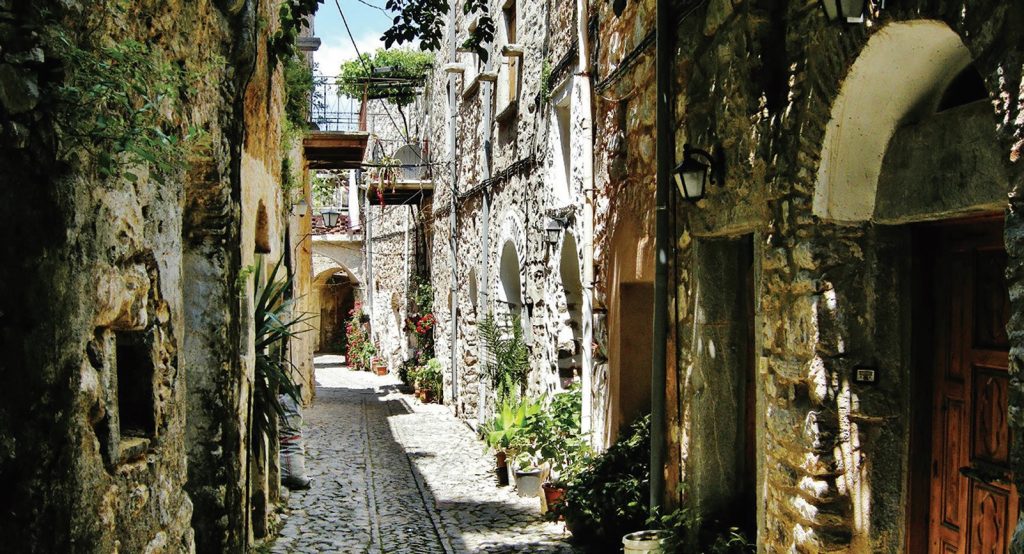Ingredient Spotlight: Mastiha
Posted by estiator at 10 October, at 07 : 22 AM Print
Mastiha


By Zachary Feldman
Nestled in the northern Aegean Sea, Chios is unique among the Greek islands not only for its curving coastline that mimics a crescent moon, but also for its most famous export: the sticky, translucent resin of the mastic tree, commonly referred to as mastic, or mastiha.
A relative of the pistachio, mastiha resin is cultivated in mountainous groves that stretch across the island’s southern reaches, in a region colloquially known by the moniker “Mastichochoria,” or the “mastic villages.” From this small handful of communities comes one of Greece’s most precious native commodities, sometimes called “tears of Chios” due to the droplet shape the resin takes as it’s collected after the trees are carved with a sharp blade. In fact, due to its unusual microclimate, Chios is the only place in the world where this specific variety of mastiha grows, and the resin is only harvested for two months out of the year, making it one of the rarest ingredients on the planet.
Ingeniously, the island’s residents have thought up plenty of resourceful ways to put this very special culinary product to all kinds of interesting use. Significantly, mastiha is thought to be the world’s first chewing gum, and Chians have looked to mastiha as a digestive panacea for thousands of years to aid their appetites. The resin’s natural elasticity and earthy flavor is beloved as an organic form of the chewy candy, which can Mastiha be enjoyed before or after eating to settle the stomach.
Mastiha’s curious, piney scent and taste is used in other local candies, plus cakes, and Easter breads like tsoureki, the sweet, braided brioche-like loaf that’s seasoned with a zesty array of fruits and spices that might include cinnamon, fennel seed, orange peel, almonds, or raisins. It even shows up in cosmetics, thanks to its healing properties. Mastiha’s texture also imbues ice cream with an incredible stretchiness that turns the frozen dessert from a simply enjoyable treat into interactive entertainment and a bona fide novelty. In that same vein, a favorite Chian childhood treat calls for dipping spoonfuls of mastiha syrup into cold water, which transforms the sweet into something like saltwater taffy.
But perhaps mastiha’s most notable exported use is as an ingredient in the production of local alcoholic beverages, which have a history that goes back to around 600 BC. These distinctively Greek drinks can be found stateside at many Greek restaurants throughout the United States. Mastiha can be used to flavor ouzo, and the tears are distilled to make mastiha liqueur, a sweetened after-dinner drink that’s perfect for sipping on to quell overly full bellies. In this form, the resin’s minty qualities come to the forefront followed by woodsy aromas. And while it can be enjoyed chilled or neat this way, it also makes for a powerfully evocative ingredient behind the bar, whether mixed into cocktails or served with tonic water and a twist of lemon.
However implemented, mastiha is undoubtedly an intriguing ingredient for Greek restaurateurs and business owners in search of providing a specialized customer experience. For a unique flavor like this, we’ll happily shed a tear.

















